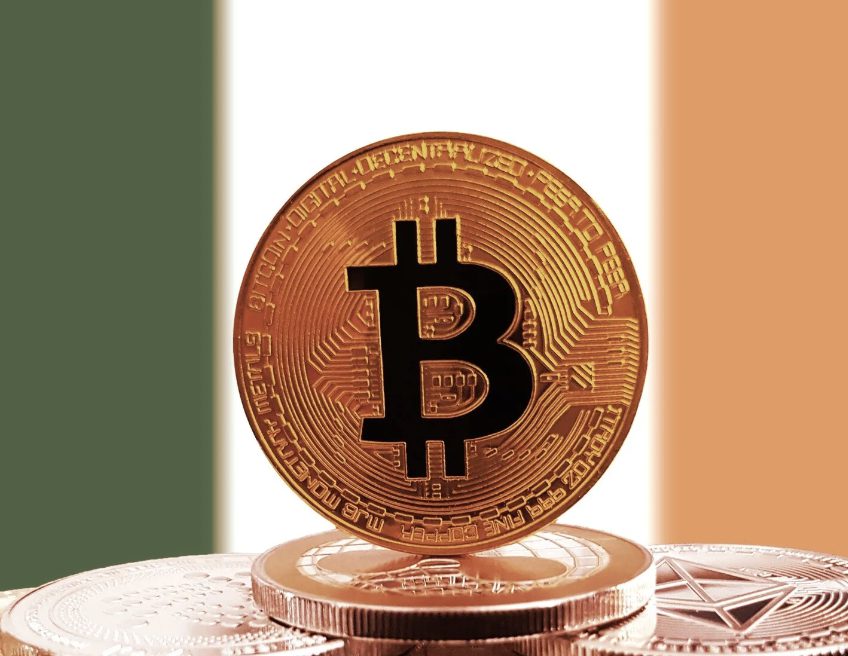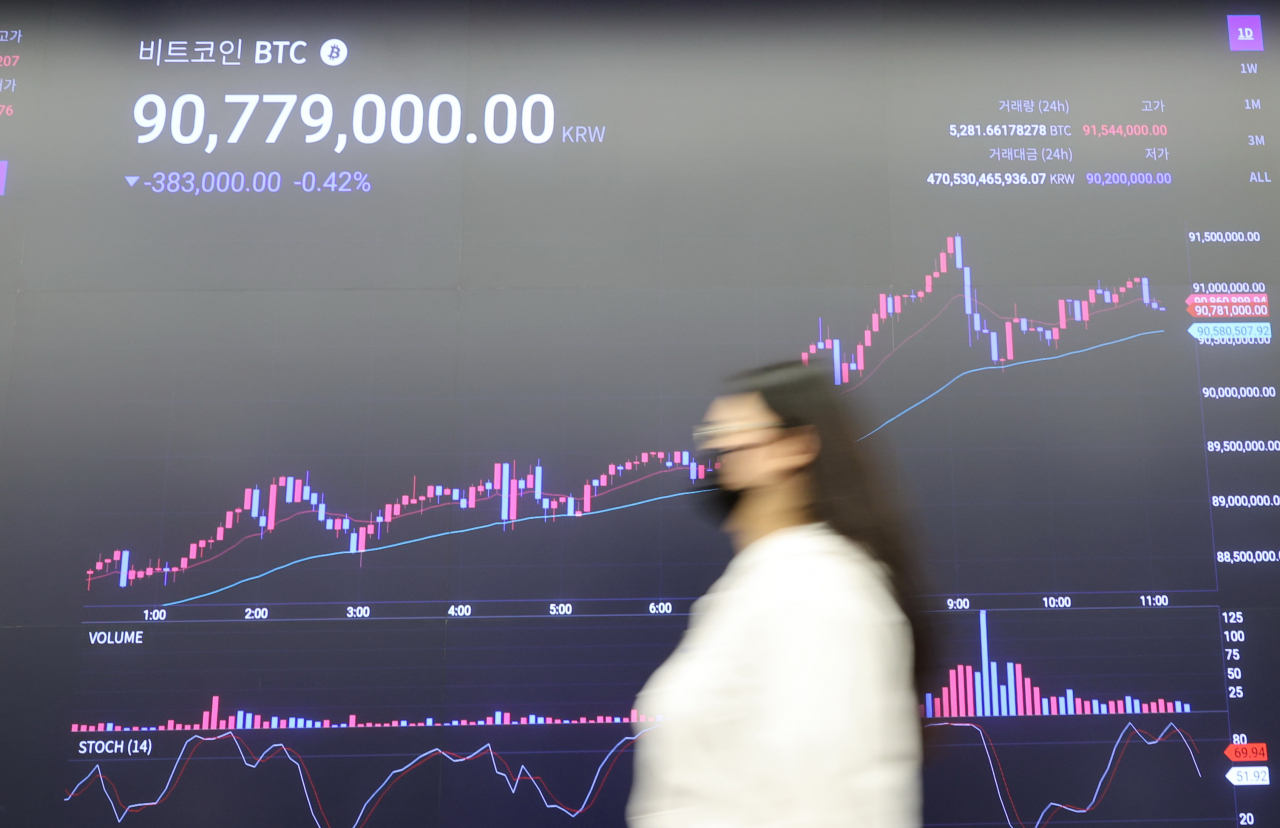
Newly launched crypto projects that have conducted ICOs (initial coin offerings) and attracted early investors usually don’t stop there. After the token sale, they launch new tokens on crypto exchanges, where they become visible to a broad array of traders and investors.
The price of a new token directly depends on the exchanges where it is listed. For example, when Litecoin announced its listing on Coinbase, the LTC price soared over 25 per cent. Other reputable exchanges where all crypto projects dream of listing their tokens are Binance, WhiteBIT, and Kraken.
They may offer different conditions for token listing, fees, and additional services. For instance, with the WhiteBIT crypto exchange listing, projects receive a package of services, including pre-listing services, such as a marketing audit and assistance in developing a strategy.
Listing on crypto exchanges often bears costs. Its size depends on many factors, such as the exchange’s prestige, liquidity, compliance, reputation, etc. New projects should know that listing on reputable exchanges incurs higher costs and longer application review times.
Cost of exchange listing
As mentioned above, a cryptocurrency exchange charges fees for listing tokens. That may be a lifelong listing with a one-off fee or recurring listing fees. Fees vary depending on several factors:
- Exchange’s prestige and user base. More reputable exchanges with a more extensive user base and higher trading volumes typically charge higher fees for listing. Their platforms offer greater visibility and potentially more trading activity, explaining the higher cost.
- Type of listing. The crypto exchange listing cost can depend on the type of listing you choose. For example, a standard listing might be less expensive, while premium options offering additional marketing support, strategy development, or faster integration may cost more.
- A project’s maturity and reputation. Newer or lesser-known projects might be charged more due to the exchange’s perceived higher risk. Established projects with a strong track record might negotiate lower commissions.
- Market conditions. During high demand or bullish market conditions, exchanges might increase their listing fees. Conversely, costs might be lower in bear markets to attract more projects.
- Compliance. Ensuring regulatory compliance, including legal fees, due diligence costs, and the preparation of necessary documentation, can add to the total listing cost.
- Technical integration costs. The technical integration process might incur additional fees depending on the complexity and compatibility of a token’s technology with the exchange’s platform.
Sometimes, the final decision on token listing fees can be arranged based on partnership agreements between the project and the exchange. When planning a crypto exchange listing, it’s essential to research and consider these factors and be prepared for potential costs.
Disclaimer: This information is of a general nature only and should not be regarded as specific to any particular situation. This should not be taken as financial advice to buy, trade, or sell cryptocurrency or use any specific exchange. This is not intended for use as investment, financial or legal advice as each individual’s need will vary.
https://www.camdencourier.com.au/story/8540332/what-does-crypto-listing-price-depend-on/



